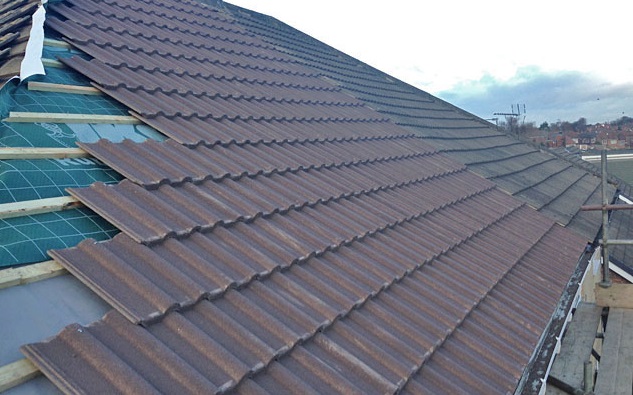Lap is applied to the way that the plain tiles are laid on the roof to create an effective barrier to water.
Single lap roof tiling.
The remainder of the roofing products called slates or single lap tiles made from either concrete resin slate clay or metal.
Plain tiles like slates are uniform in shape and have no side interlocks allowing water to enter the gaps between the tiles.
Single lap tiling.
Single lap slates require far fewer units per square metre of roof than a double lap product.
A single lap of one tile over another is sufficient to provide the weather tightness required.
Most single lap tiles have a tongue and groove joint along the side edges to form a series of interlocking joints.
This standard is about interpreting information adopting safe healthy and environmentally responsible work practices selecting and using materials components tools and equipment and installing single lap roof tiles to a variable gauge for new and or re roof work.
Their weight is also substantially less than plain tiling with obvious savings in materials and roof structure costs.
To drain this water away safely there must be another tile below each joint.
Most single lap tiles contain a tongue and groove joint along the side edges to produce a wide array of interlocking joints.
This means that at any point of the roof there is at least a.
There is a reduction in weight of the overall roof covering compared to double lap tiling but the batton size will be larger.
A single lap of one tile over another provides good resistance against the weather.
Install single lap roof tiles to a variable gauge.
They overlap at the sides so unlike plain tiles a double lap is not required.

